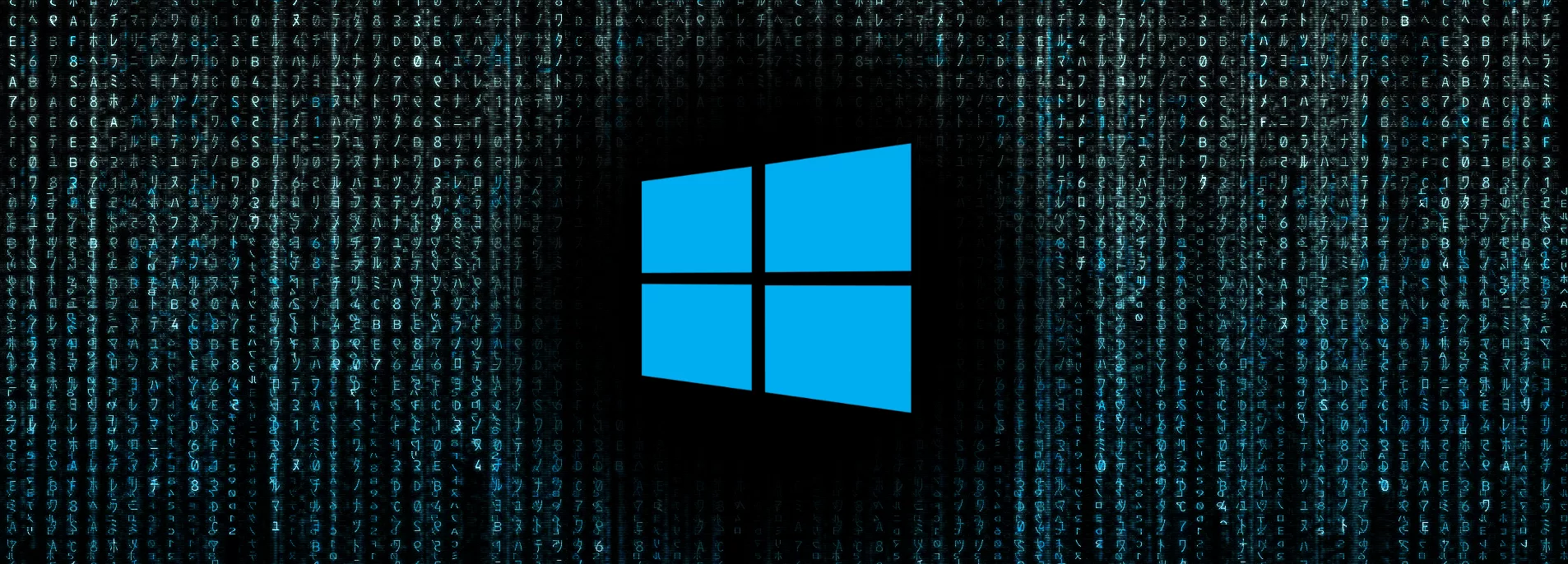Checks your disks
# check partion
parted -l /dev/sda
fdisk -l
# check partition - visible before the mkfs
ls /sys/sda/sda*
ls /dev/sd*
# give partition after the mkfs or pvcreate
blkid
blkid -o list
# summary about the disks, partitions, FS and LVM
lsblk
lsblk -f
Create Partition 1 on disk sdb
in script mode
# with fdisk
printf "n\np\n1\n\n\nt\n8e\nw\n" | sudo fdisk "/dev/sdb"
# with parted
sudo parted /dev/sdb mklabel gpt mkpart primary 1 100% set 1 lvm on
Gparted : interface graphique (ce base sur parted un utilitaire GNU - Table GPT)
Rescan
Inform OS that the partitionning table changed (so you do not need to reboot)
# [RHEL6]
partx -a /dev/sda
# [RHEL6/7]
partprobe
# [RHEL7]
partx -u /dev/sdq
kpartx -u /dev/sdq
# [RHEL8]
udevadm settle
# [Manual]
for x in /sys/class/scsi_disk/*; do echo '1' > $x/device/rescan; done
for BUS in /sys/class/scsi_host/host*/scan; do echo "- - -" > ${BUS}; done
# same as above with sudo
sudo sh -c 'for x in /sys/class/scsi_disk/*; do echo "1" > $x/device/rescan; done'
sudo sh -c 'for BUS in /sys/class/scsi_host/host*/scan; do echo "- - -" > ${BUS} ; done '
⚠️ Cleanup and erase disks ⚠️
Here you wipe staff, do not expect to get it back !
wipe -a /dev/sda3
wipefs -a /dev/sd[c-z]
# in RHEL 5
shred -n 5 -vz /dev/sdb
# check; the following should return nothing
wipefs /dev/sd[c-z]
# old school way
dd if=/dev/urandom of=/dev/sdX bs=4k
dd if=/dev/zero of=/dev/sdp1 bs=512 count=10
# When you like to do several disks at once...
umount /dev/cciss/c0d{1..6}p1
for i in {1..6}; do parted -s /dev/cciss/c0d${i} rm 1 ; done
for i in {1..6}; do echo "nohup sh -c \"shred -vfz -n 3 /dev/cciss/c0d${i} > nohup${i}.out 2>&1 \" &" ; done | bash
Dban Autonuke 💣 – this also work when it comes to erase all disks…
https://sourceforge.net/projects/dban/files/dban/
dban-1.0.7 => Previous Version for HP ilo2 with Array cciss
dban-2.3.0 => Recent Version
Partitioning
Hard disks:
sdx= SCSI/SATA diskshdx= IDE/parallel-ATA disksmd0= mdadm disks which is a RAID softwarevda= virtual disks
in BSD/Solaris naming convention is different
cXtXdX= (c = controler, t = target, d = device)
Patitions labels are just for informations purpose: 5 => extended partitions 7 => NTFS Windows 82 => SWAP 83 => standard partition (needed for /boot) 8e => LVM partition
Remember that primary partitions are limited to 4. so if you need more partition one of the primary should be define as extended.
But in BSD and Solaris, the logic is different. Parition are considered as slice and you can have from 0 to 7 slices (so 8 slices possible), which explain why naming convention is different.


Comments